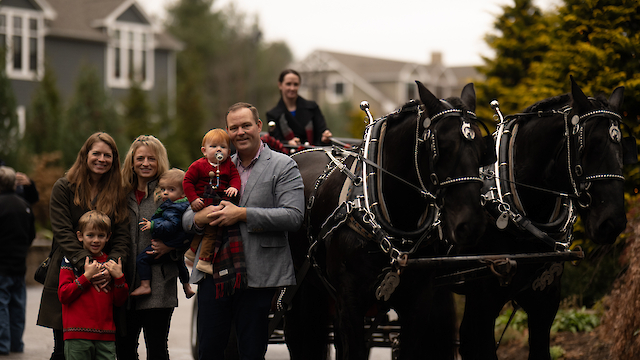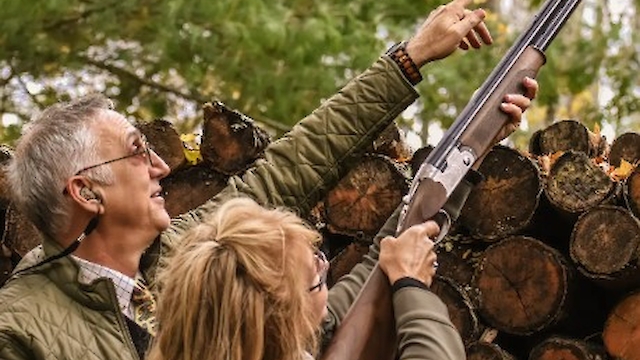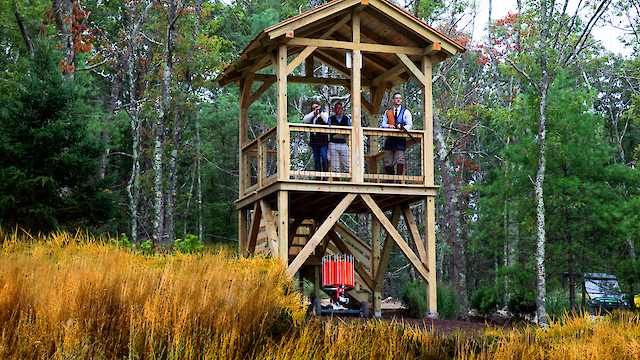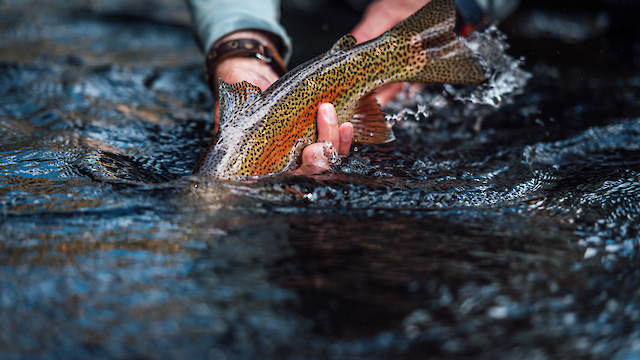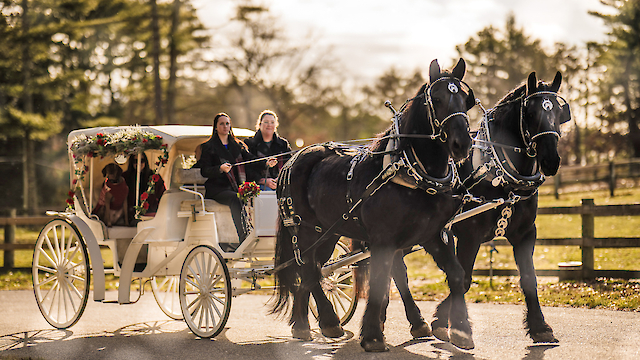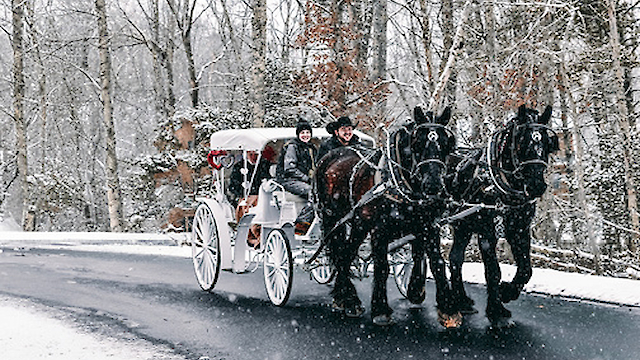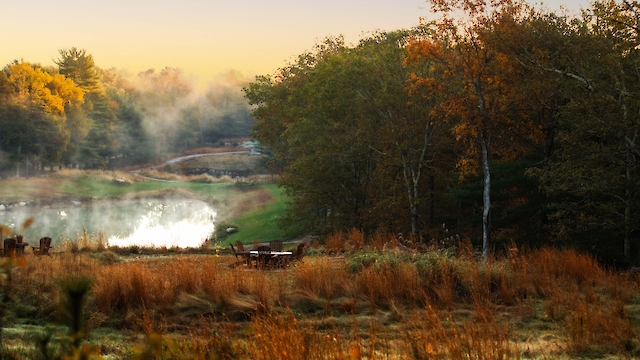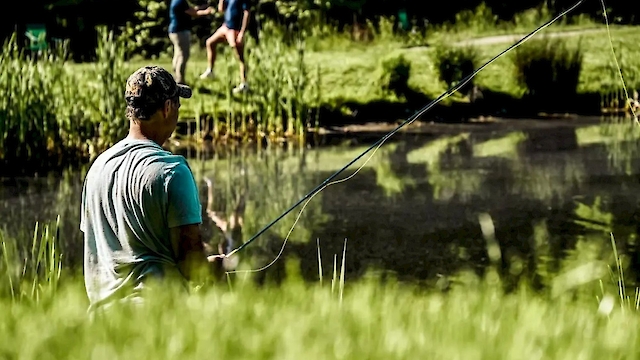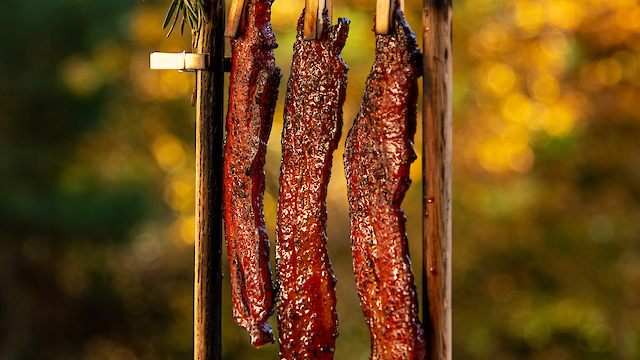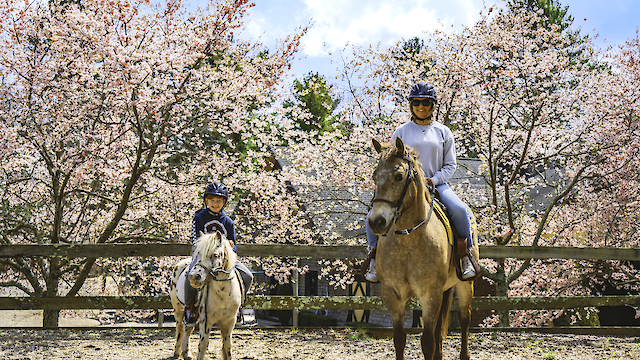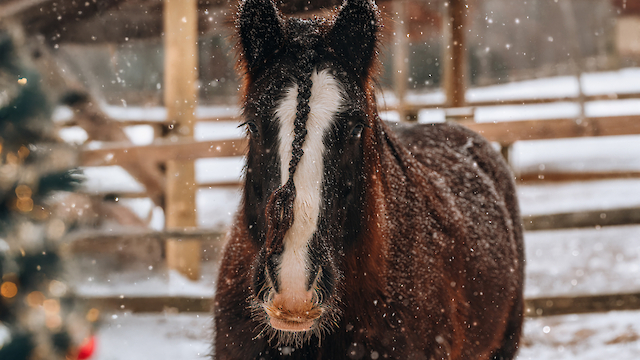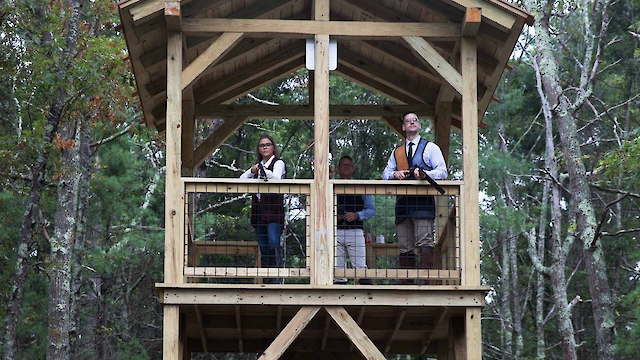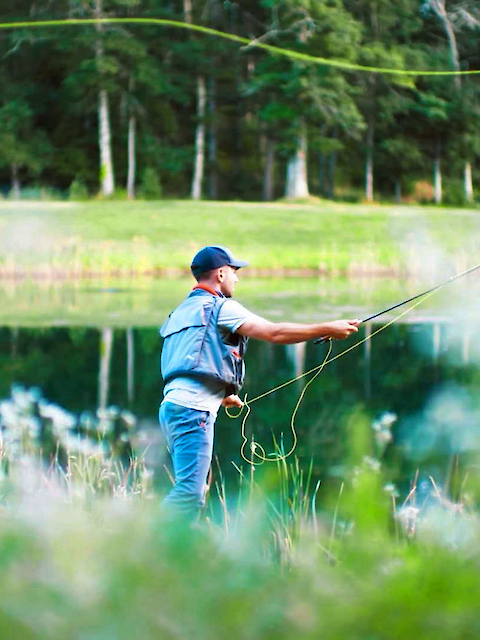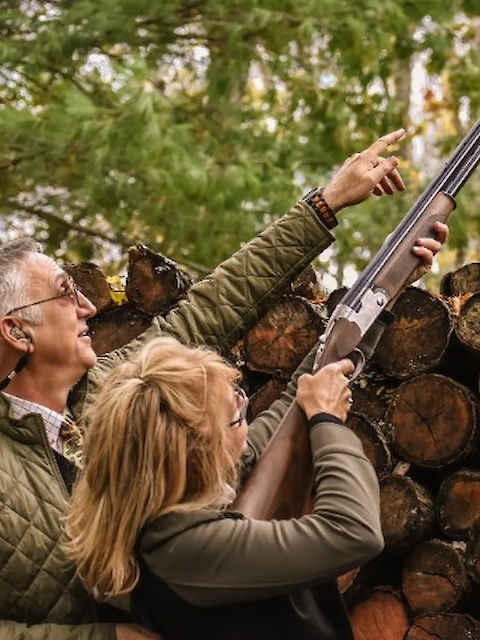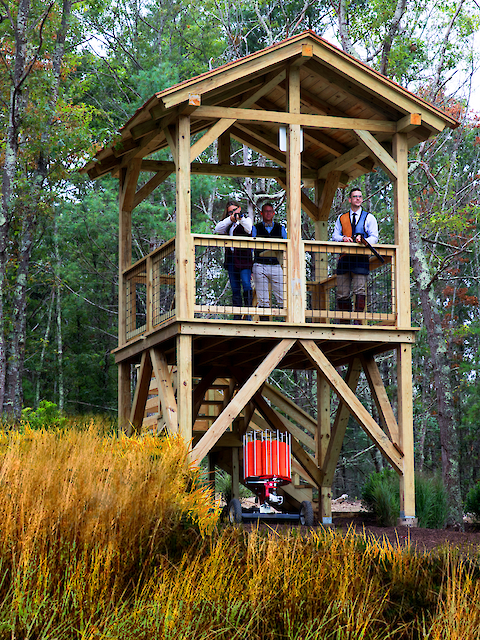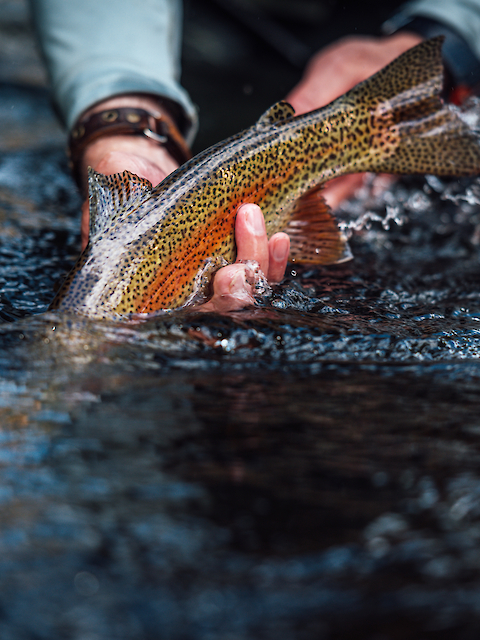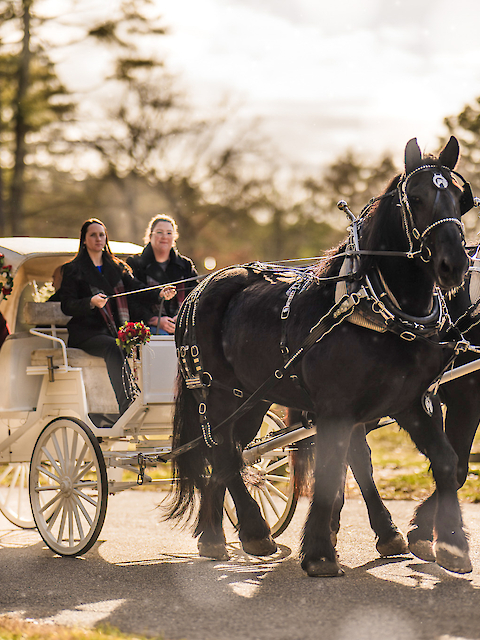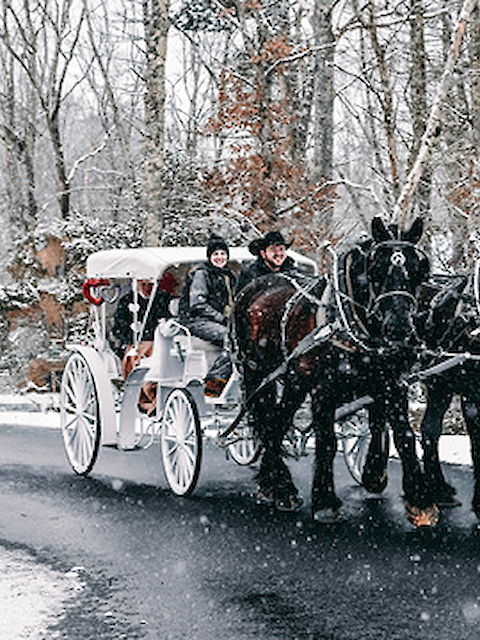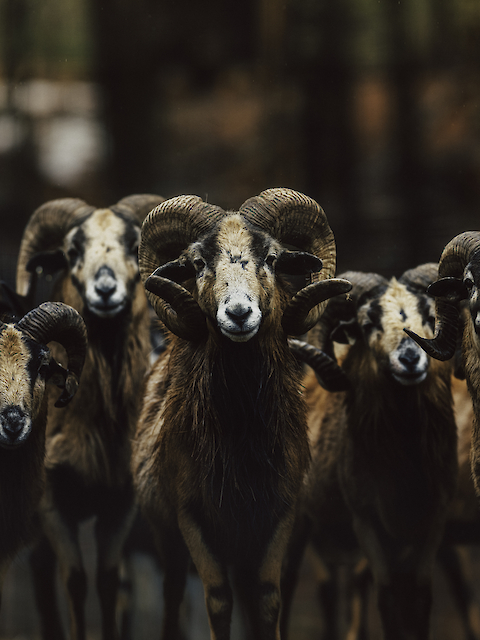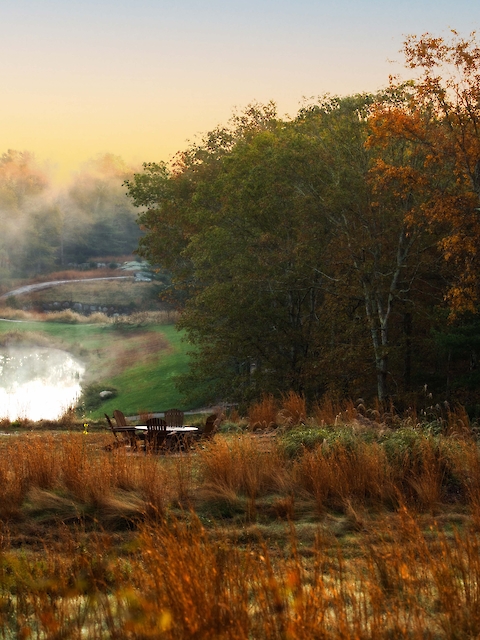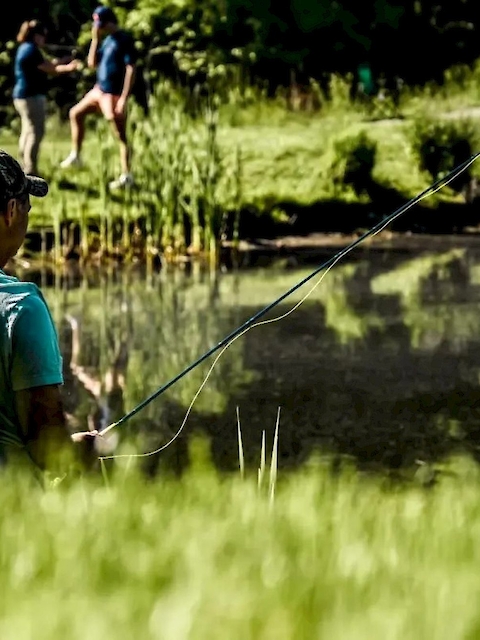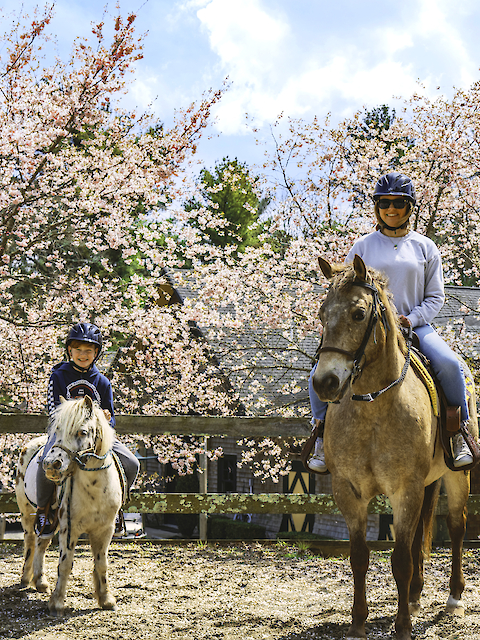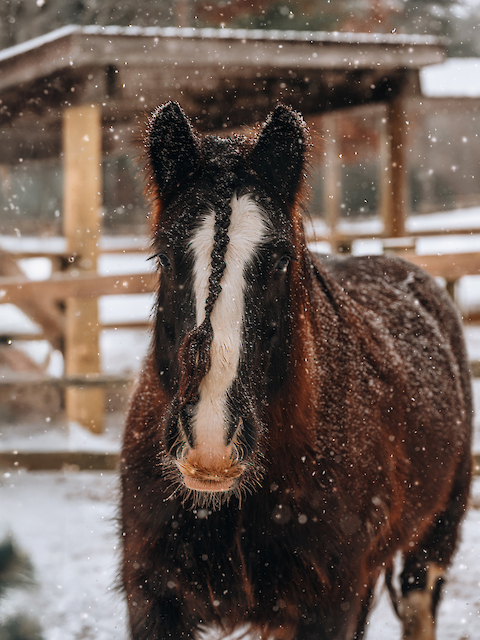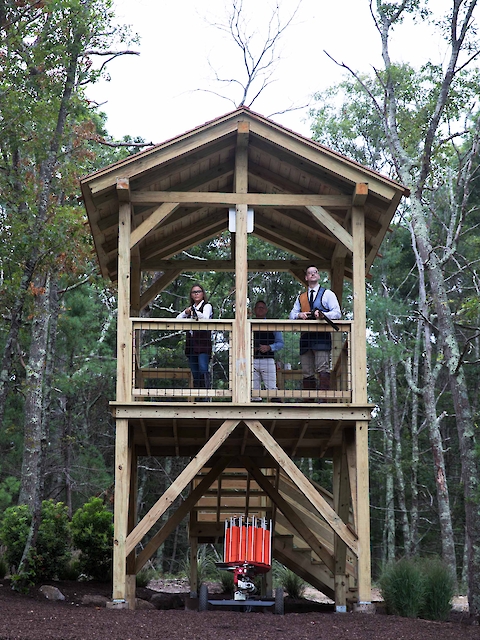At first blush, the process presents as counter-intuitive. How can preservation arise from elimination? That is the question raised by opponents of hunting when they argue against the notion that hunting contributes to wildlife conservation.
The answer is nuanced and predicated upon scientific data analyses and anecdotal observations about Hunting as a Means of Wildlife Management.
To summarize research conducted to date by The Preserve Sporting Club & Residences in Richmond, RI, it is safe to say that hunters help conserve and manage wildlife in four basic ways:
- Hunting is an important management tool. For many wildlife species, hunting helps to maintain populations at levels compatible with human activity, land use, and available habitat. For example, hunting helps limit deer browse in agricultural areas and deer-car collisions.
- Managed hunting contributes to the creation and maintenance of sustainable predator/prey ratios, which in turn ensures that populations of both categories thrive but do not become destructively excessive.
- Hunters pay for the bulk of wildlife conservation across the country through the Pittman-Robertson Act. Established in 1937, this act created an excise tax on guns, ammunition, bows, arrows and other hunting-related equipment. This money is then apportioned to state wildlife agencies based on the land area and the number of licensed hunters of each state. These funds are matched by state hunting license fees. Pittman-Robertson ensures that money from hunting license sales can only be used for wildlife management – for projects such as conducting research, wildlife reintroductions and improving wildlife habitat. These projects benefit a wide range of species, including animals that aren’t hunted. According to a U.S. Fish and Wildlife Service webpage that was updated in January 2010, over two billion dollars of federal aid has been generated through this program, which in turn means that states have kept up their 25% contributions with over $500 million.
The habitat acquisition and improvement made possible by this money has allowed some species with large ranges, such as American black bears, elk, and cougars, to expand their ranges beyond their normal boundaries prior to the implementation of the act. Important game populations have also had a chance to recover and expand their populations.
- Hunters have banded together in local sportsmen’s clubs and national organizations to raise funds for conservation, buy and conserve private lands for wildlife habitat, partner with state and federal agencies on large-scale conservation, and lobby for laws and policies that benefit wildlife. Groups like Ducks Unlimited and Pheasants Forever support and conduct conservation and restoration efforts across a wide range of habitats, throughout the country.
Arizona, among other states, recognizes the following benefits of the imposition of hunting regulations informed by science – a stance shared by many other states:
Hunting Regulations: Hunting regulations protect habitat and preserve animal populations. Regulations include setting daily and seasonal time limits, bag limits, and legal methods for taking wildlife.
Hunting: Hunting is an effective wildlife management tool. Hunting practices help managers keep animal populations in balance with their habitat.
Predator Management: In rare instances, predators must be reduced to enable some wildlife populations to establish stable populations, particularly threatened or endangered species.







